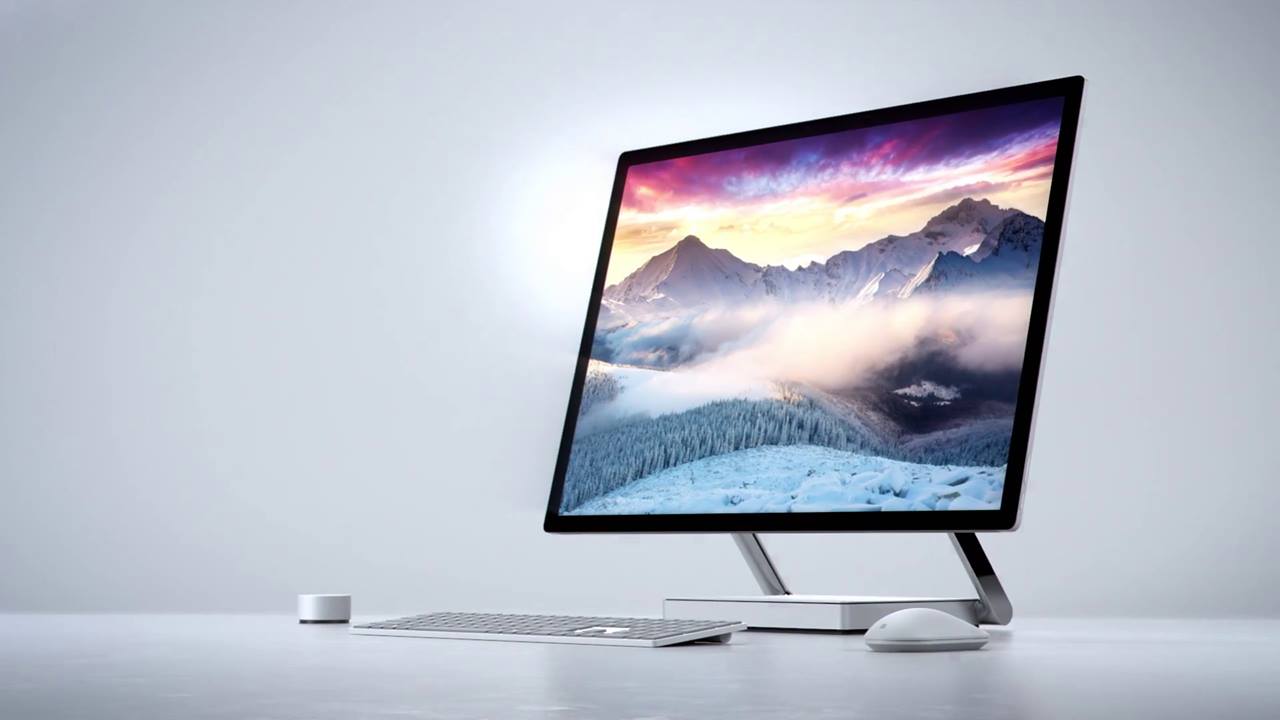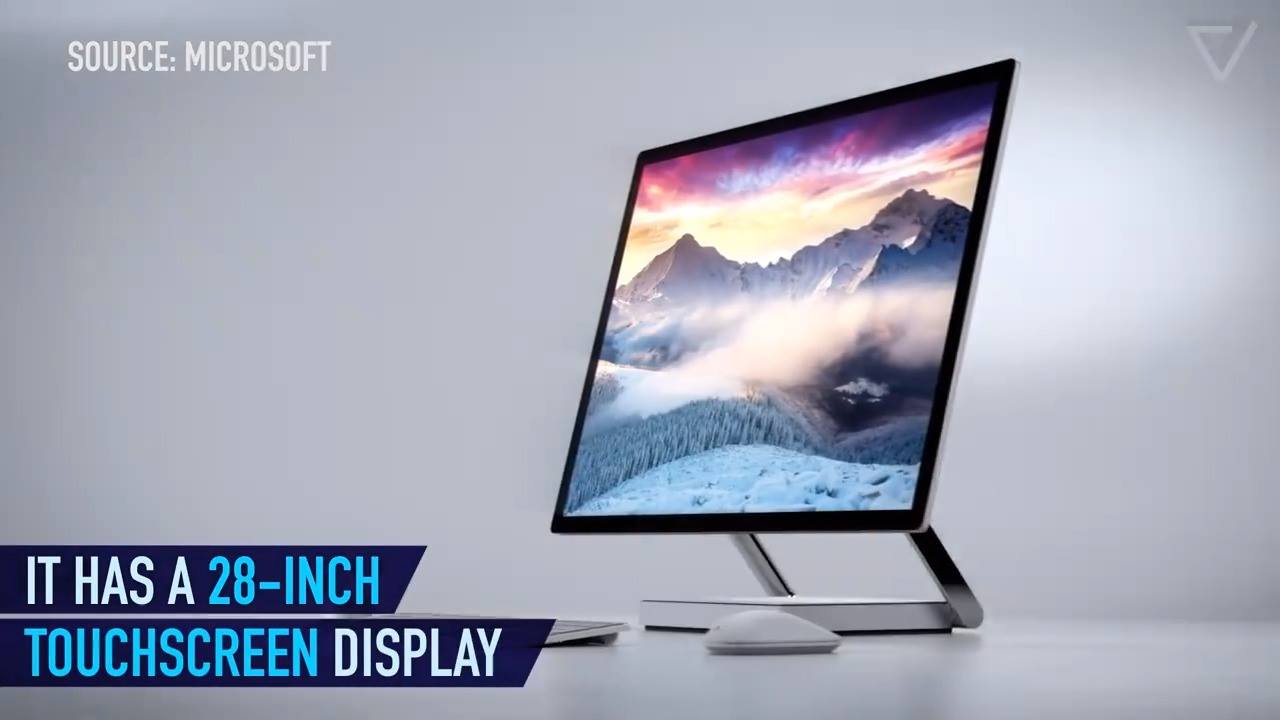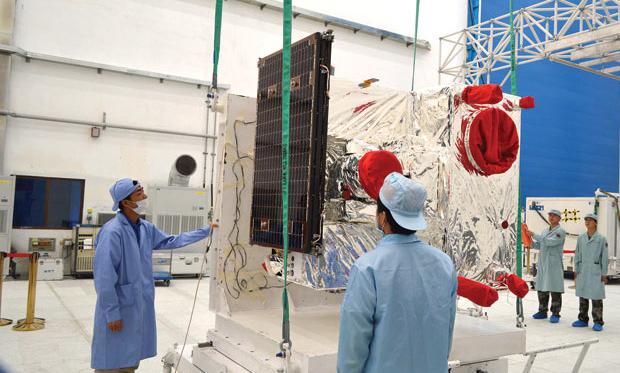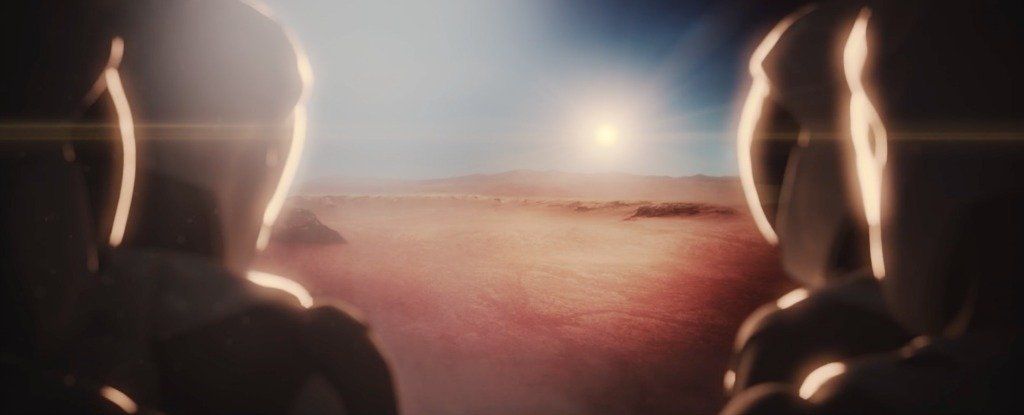Page 10781
Oct 26, 2016
China’s 2,000-km Quantum Link Is Almost Complete
Posted by Karen Hurst in category: quantum physics
The Beijing-Shanghai project will form the backbone of the nation’s quantum communications network.
Oct 26, 2016
Precise quantum cloning: Possible pathway to secure communication
Posted by Karen Hurst in categories: encryption, quantum physics
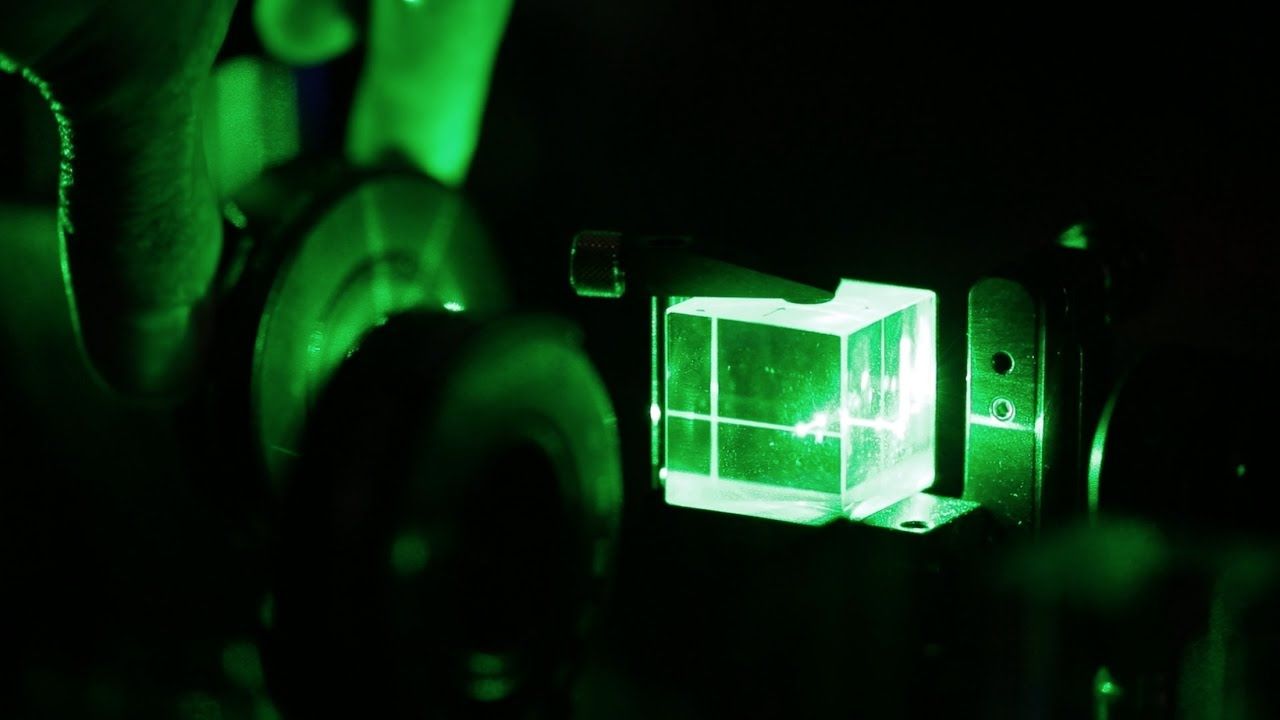
Physicists at The Australian National University (ANU) and University of Queensland (UQ) have produced near-perfect clones of quantum information using a new method to surpass previous cloning limits.
A global race is on to use quantum physics for ultra-secure encryption over long distances according to Prof Ping Koy Lam, node director of the ARC Centre of Excellence for Quantum Computation and Communication Technology (CQC2T) at ANU.
Continue reading “Precise quantum cloning: Possible pathway to secure communication” »
Oct 26, 2016
There May Be A Loophole in the Second Law of Thermodynamics
Posted by Karen Hurst in categories: futurism, mathematics
In Brief:
- Scientists have formulated a mathematical theorem which shows that Newton’s Second Law may, at least, have a loophole.
- The finding may provide the foundation for future discoveries that may allow us to power devices remotely.
Oct 26, 2016
Google’s neural networks invent their own encryption
Posted by Sean Cusack in categories: computing, encryption, robotics/AI
Using machine learning, computers have come up with codes that let them send secret messages to each other – but they’re still a long way off humans.
Oct 26, 2016
Play the PC game Elon Musk wrote as a pre-teen
Posted by Sean Brazell in categories: alien life, Elon Musk, internet, military, space travel, sustainability
Elon Musk is obsessed with space. At age 30, he founded SpaceX. At age 41, he oversaw the first cargo mission to the International Space Station by a private company. And at age 12, as a kid living in South Africa, he made a space-themed PC game called Blastar. Now, thanks to the power of the internet, you can play that game.
Musk sold the code for Blastar for $500 to the magazine PC and Office Technology, and a reproduction of the page it appeared on was published in Ashlee Vance’s biography Elon Musk: Tesla, SpaceX, and the Quest for a Fantastic Future. From there, Tomas Lloret Llinares — a software engineer at Google — took the code and rebuilt the game to work in HTML5.
Your mission, as the game’s lonely space pilot, is to “destroy [the] alien freighter carrying deadly hydrogen bombs and status beam machines.” Blastar is mostly a mix of Space Invaders and Asteroid, though it’s much more basic. There is never more than two ships on the screen, there are few sound effects, and — like many games of its time — it really has no ending. It’s almost unimpressive; that is, until you remember that it was made by a 12-year-old in 1984.
Continue reading “Play the PC game Elon Musk wrote as a pre-teen” »
Oct 26, 2016
Elon Musk just shared his 4-step plan for Mars — colonists should be “prepared to die”
Posted by Scott Davis in categories: Elon Musk, space travel
Elon Musk wants to launch a million people to Mars in the event some apocalyptic disaster eventually ruins Earth. And he wants it to be somewhat affordable — US $200,000 or less per person.
To that end the SpaceX CEO outlined his plan to colonise Mars on September 27, including how his Interplanetary Transport System (ITS) of rockets, spaceships, fuel pods, and other crucial components would get the job done.
Still, the full presentation at the International Astronomical Congress in Guadalajara, Mexico, barely scratched the surface.
Oct 26, 2016
This Might Be Our Best Shot at Finding That ‘Alien Megastructure’
Posted by Sean Brazell in category: alien life
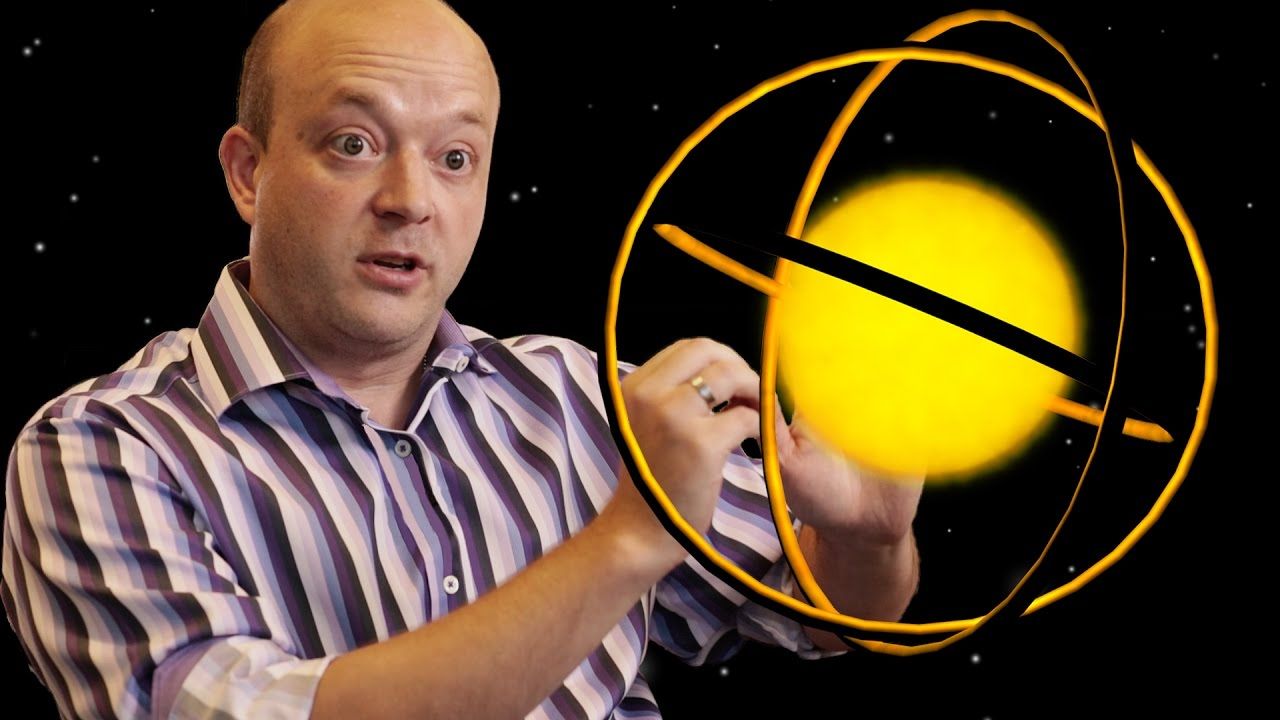
Since it was first suggested that the flickering star known as KIC 8462852 might be a Dyson Sphere, telescope-toting astronomers associated with the search for extraterrestrial intelligence (SETI) have been scouring the system for signs of aliens. Now, the most well-funded SETI program on Earth— UC Berkeley’s Breakthrough Listen —is getting in on the hunt, too.
Oct 26, 2016
Google Jamboard Is a Huge 4K Screen You Can Scribble On — By Tim Moynihan | WIRED
Posted by Odette Bohr Dienel in categories: business, hardware, innovation
Tags: Collaboration, design, Productivity
